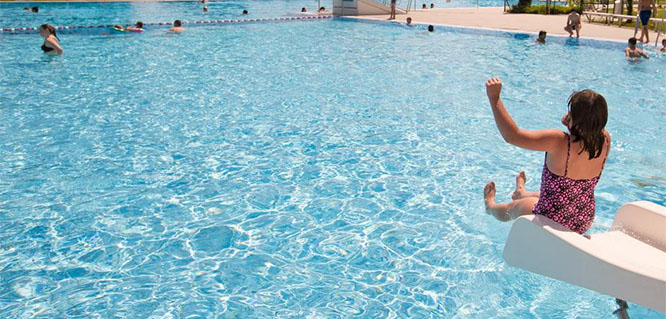
Mangalore, November 4: As many as 32 families residing in Kariangala Gram Panchayat limits (in Kariangala and Ammunje Village) unanimously proclaimed non co-operation to the proposed Kochi-Kootanad-Bangalore-Mangalore Natural Gas Pipeline Project of Gas Authority of India (GAIL), which will be passing through these villages.
During a public hearing organised by GAIL in presence of its Competent Authority, Project Assistant Commissioner Suryanarayana at Kariyangala GP premises on Thursday, the affected families said that they will not hand over their land for the cause of this project at any cost.
The villagers suggested that since the pipeline will start from Kochi Coast, let the pipeline be laid on the coastal bed instead of cutting across fertile cultivated land.
The pipeline is scheduled to be commissioned by March 2013, according to sources from GAIL. It has been designed to carry a gas volume of 16MMSCMD (Million Standard Cubic Meters per day) with a diameter of 24 inches. The pipeline will be 1.2 mts below the point of ground profile. The normal width of Right of User in the land (ROU) is 20 mts along the route of pipeline.
The villagers raising objection to the project told the Competent Authority that though the project proponents say that the land will be returned to the land owners after the pipelines are laid, they are skeptical whether the land can be used in a normal way or not. “Though this sounds like a solace, there are conditions applied because we cannot use the pipeline laid area for planting saplings and to build structures,” said a villager adding that there are several families who have just three to five cents land.
“If 20 mts are taken away from this small land holding, what will be left for the family dwelling on it,” said villager P K Mohommad who himself is facing threat of losing a part from his five cent land. He said that even if the land is returned to him, what will be the use of the land if he cannot build any structure on it.
Who is the owner?
When GAIL DGM Murali Manohar said that the land ownership will vest with the respective families themselves, villagers questioned him if at all the name of the company will appear on the land RTC or not.
When the DGM affirmed that the column 11 of the RTC will have the name of the company, the villagers were raged because with the name of the company appearing in the RTC, the ownership of the land will be shared between the family and the company. “Our hands will be tied. We cannot use the land as per our wish. We will need the permission of the company, if we want to sell the land,” said Abubakkar, a resident.
Demand quotient
When the villagers demanded to build LPG terminal at Panambur because the major consumer of the gas will be MCF, the DGM said that the pipeline will have to be taken further looking at the demand in future, retaliating his initial statement that there is adequate demand for gas in the region and in certain pockets on the route of the pipeline. When the villagers asked the DGM to shed light on the survey conducted to ascertain their demand, based on which the company decided to take this route, he had no reply.
No clearance required!
When the DGM was asked whether he had got environment clearance and clearance from Pollution Control Board for the project, he said the project does not require environment clearance and clearance from the KSPCB will be in hand soon. Raged by this, the villagers questioned the officials as to why they were causing fear among the villagers by holding such meetings, when they do not even have the mandatory and basic clearances that any project requires.







Comments
Add new comment